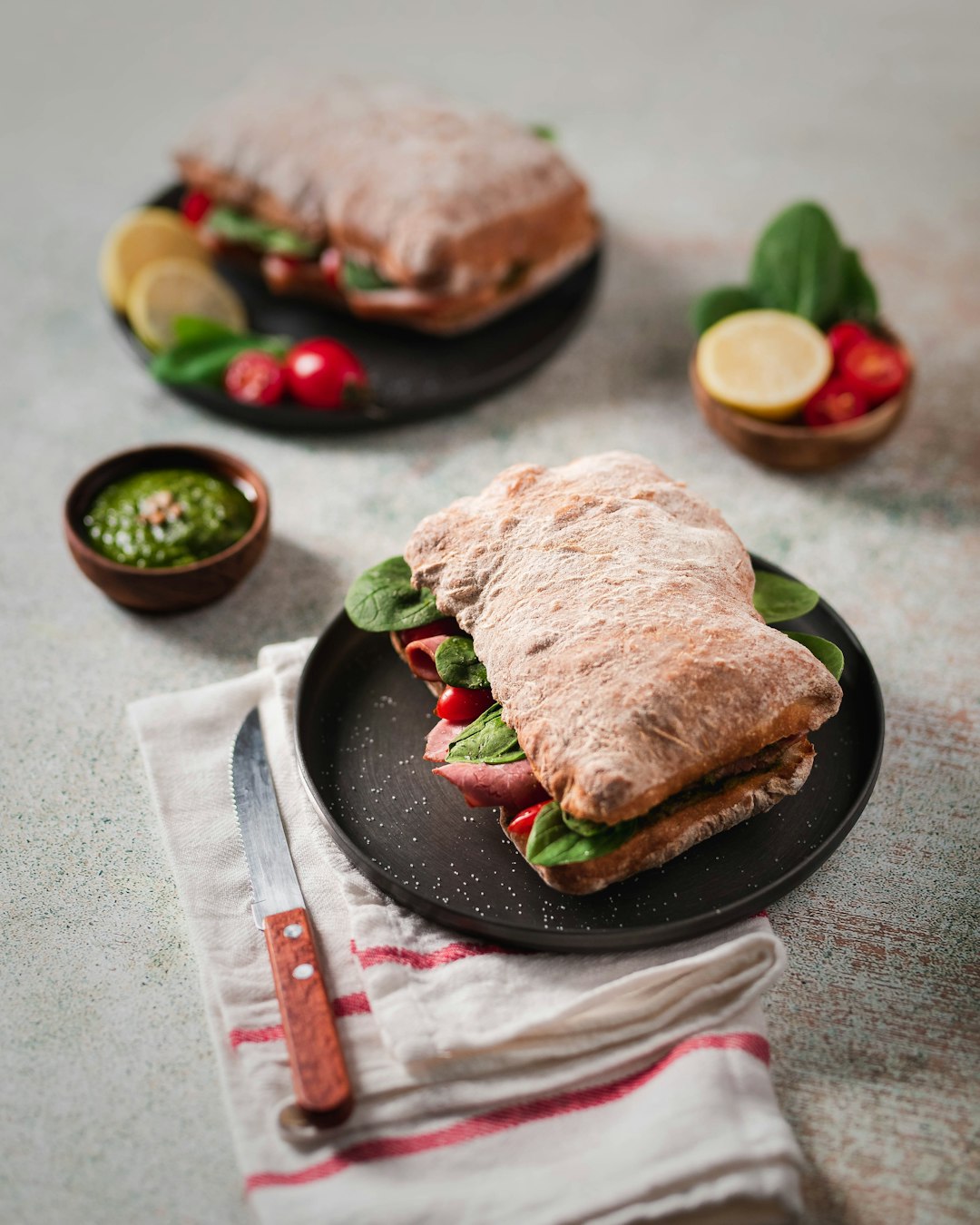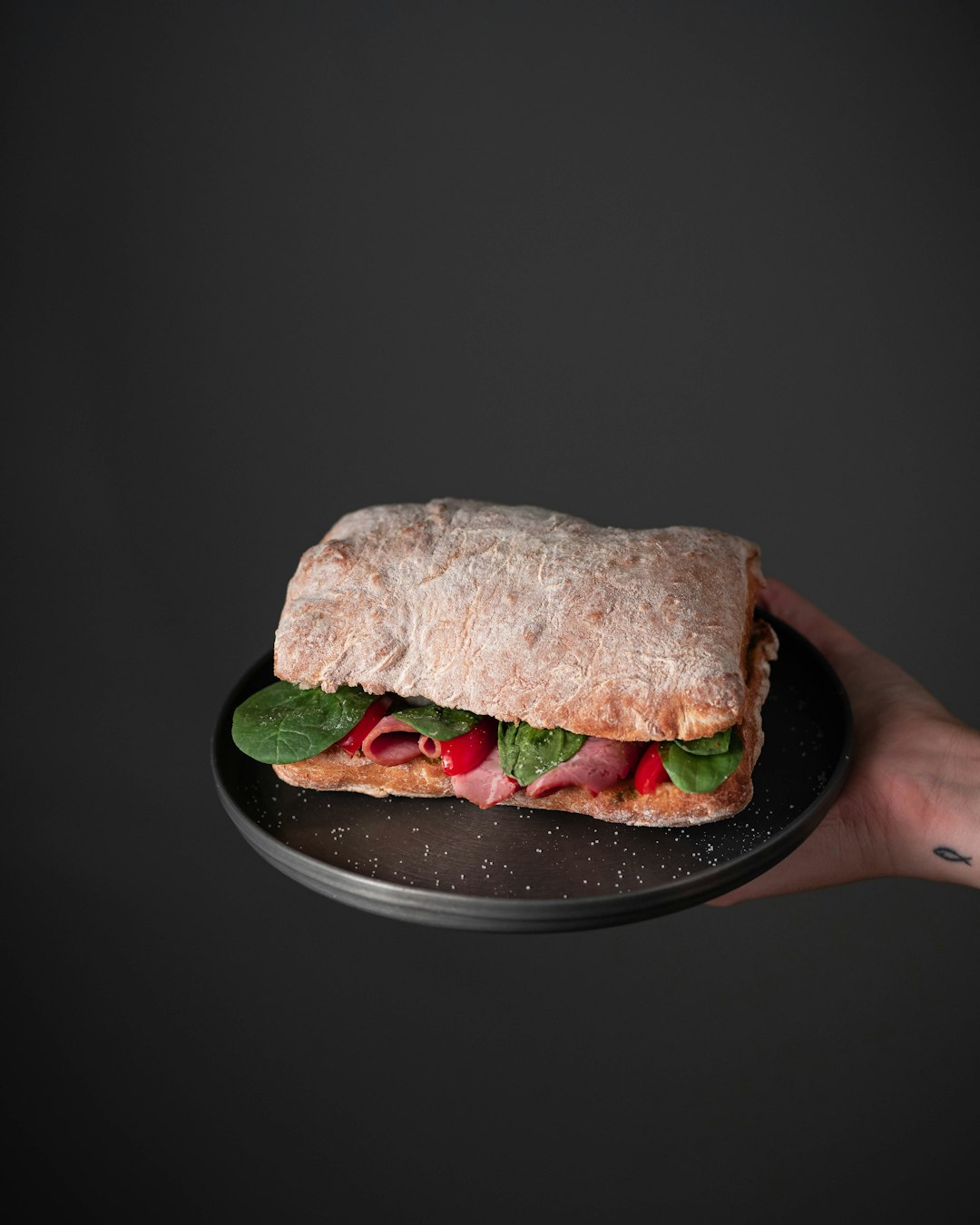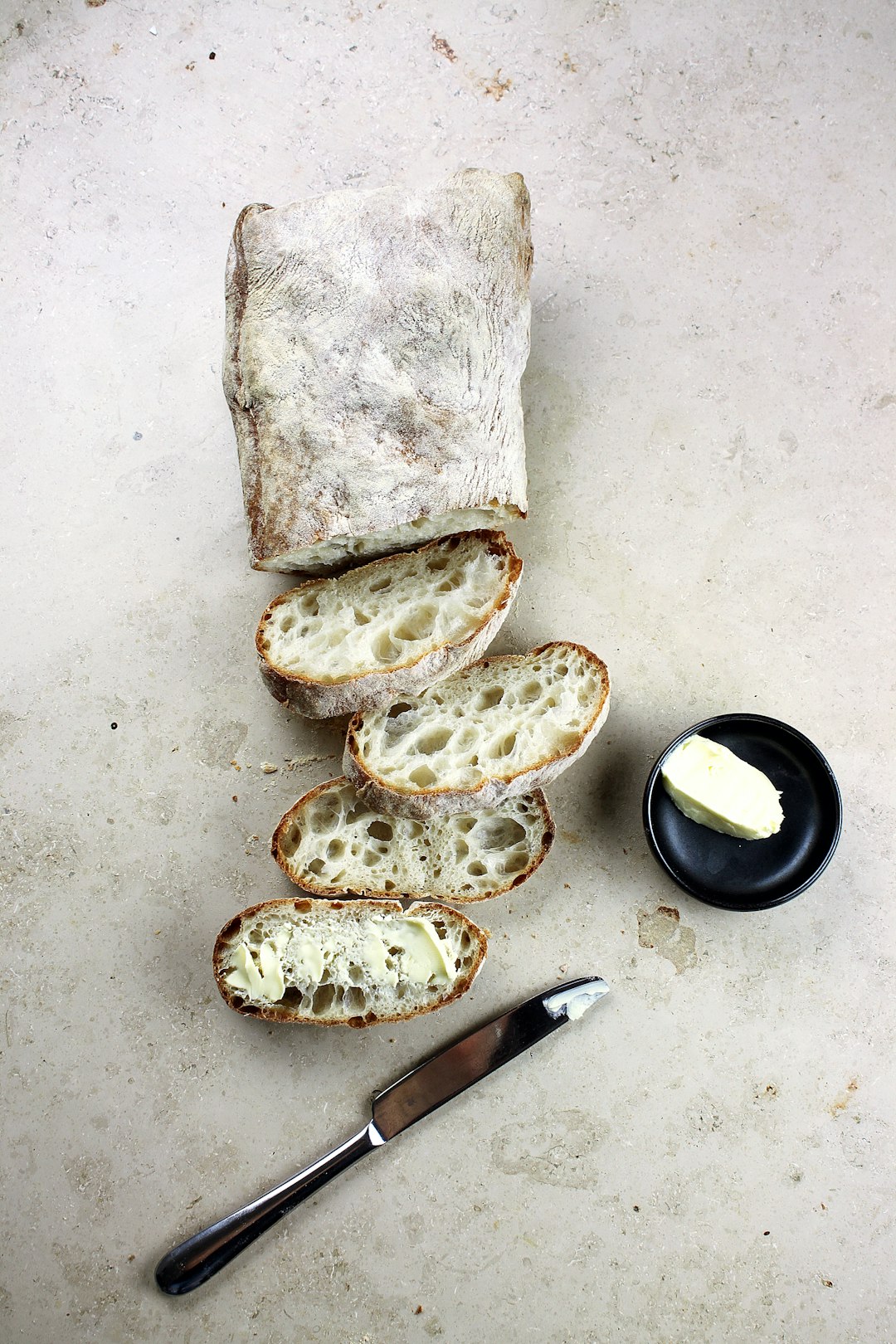Ciabatta
Ciabatta, which literally translates to "slipper" in Italian, has a rustic appearance that's defined by its large, oval shape and fluffy texture. Made with all-purpose flour, yeast, water, and salt, it's rustic exterior offers a subtly sweet and nutty taste with a slight tanginess. Due to its exceptional elasticity, Ciabatta is able to absorb flavor and hold ingredients like meats, cheeses, and vegetables well. This makes it the perfect foundation for robust sandwiches, pizzas, and more.
But why the unique name? Legend has it the term Ciabatta was meant to describe the peculiar shape of the loaf, which resembles a slipper. Others suggest that the word is derived from the old Italian term "ciavarina," meaning a flattened wheat cake traditionally eaten in the Piedmont area of Italy. Whichever way you look at it, there's no denying the delightfulness of a hearty Ciabatta roll.
Though popular for centuries, Ciabatta didn't see much of a rise in popularity until the 1940’s when it became a staple in Italian homes. Its resplendent popularity soon spread to the rest of the world, becoming a favorite among chefs and restauranteurs worldwide.
Today, Ciabatta is a much beloved staple in many Italian dishes. From savory Italian subs to luxurious lasagnas, the bread's versatile texture and hearty crust make it a delectable option for any kind of meal. Whether sliced and served with olive oil and parmesan cheese, or layered with meats and cheeses for the perfect hoagie, a chewy Ciabatta roll is sure to tantalize your taste buds.
So grab a loaf of Ciabatta and experience a bit of Italy today. You won't be disappointed!
Ciabatta recipes
Amazing Ciabatta recipes sourced from the web.
The origin of Ciabatta
Ciabatta: What an unfamiliar name. Where did it originate? Unbeknownst to many, the origins of this delectable dish are shrouded in intrigue.
Ciabatta has its roots in Italy, where the popular story claims that its invention occurred in 1982. Bakers in Adria were trying to create a type of bread similar to the French Baguette, but with a soft and light texture, and so ciabatta was born. This is a common belief, however some evidence suggests it could possibly have existed prior to that date.
It wasn’t until the early 1990s that ciabatta began to spread around the world and become increasingly popular. Whether or not its origin does truly date back to the 1980s, it can be attributed to the influence of Italian baker Arnaldo Cavallari. He was one of the original creators and promoters of the delicacy and helped to popularize it among home cooks and restaurant chefs.
The name ‘ciabatta’ itself is derived from the Italian word for slipper; it refers to the unique shape of the bread’s crust, which is similar in shape to a traditional shoe. The bread usually features a crisp but chewy crust, full of air bubbles, and a soft, spongey inside. It’s perfect for a variety of dishes, from sandwiches and pizzas to focaccia and more.
Ciabatta is now adored in kitchens all around the world, but its origins remain something of an enigma. Its exact origin may never be known, but it’s clear that the inventive Italians helped to bring this delightful dish to the masses.
Types of Ciabatta
One of life's greatest pleasures is biting into a freshly made slice of Ciabatta bread. The crispy, chewy deliciousness that flies off in shards when bitten into is simply unrivaled. But did you know that there are actually multiple types of Ciabatta, each with its own distinctive traits, flavors, and uses? Here, we'll explore the four primary types of ciabatta available today, along with some tips for using each one.
First, we have Original Ciabatta, which is perhaps the most recognizable and accessible form of the bread. It has a traditional oblong shape and a slightly soft crumb, making it ideal for slicing and toasting. Original Ciabatta is most often served as a side or toast, but it also makes an excellent sandwich bread. Delicious when paired with a variety of sweet or savory fillings, it will bring out the best in any dish.
Next is Focaccia Ciabatta, which is instantly recognizable by its unique circular shape and airy texture. It's made with a similar recipe to Original Ciabatta, but its dough is also enriched with olive oil, giving it an even softer and more tender crumb. This type of Ciabatta is a great alternative to buns or rolls and pairs nicely with pasta dishes or antipasto platters.
Third is Polenta Ciabatta, which is the perfect marriage of cornmeal and ciabatta. Its dense texture and crunchy exterior makes it ideal for a side dish or even a hearty meal in its own right. Its polenta-infused flavor profile is delectably unique, and it smells heavenly coming out of the oven.
Finally, there is Whole Wheat Ciabatta, which is known for its earthy flavor and slightly nutty aftertaste. Whole Wheat Ciabatta is a great source of dietary fiber and contains more B vitamins than other types, making it a nutritious go-to for those watching what they eat. It's ideal for sandwiches, as it holds up well to heavier fillings like grilled vegetables.
Whether you prefer the classic Original Ciabatta, the airy Focaccia, the hearty Polenta, or the healthful Whole Wheat, each type of Ciabatta makes a welcome addition to any dinner table. Try them all and see which one is your favorite!




